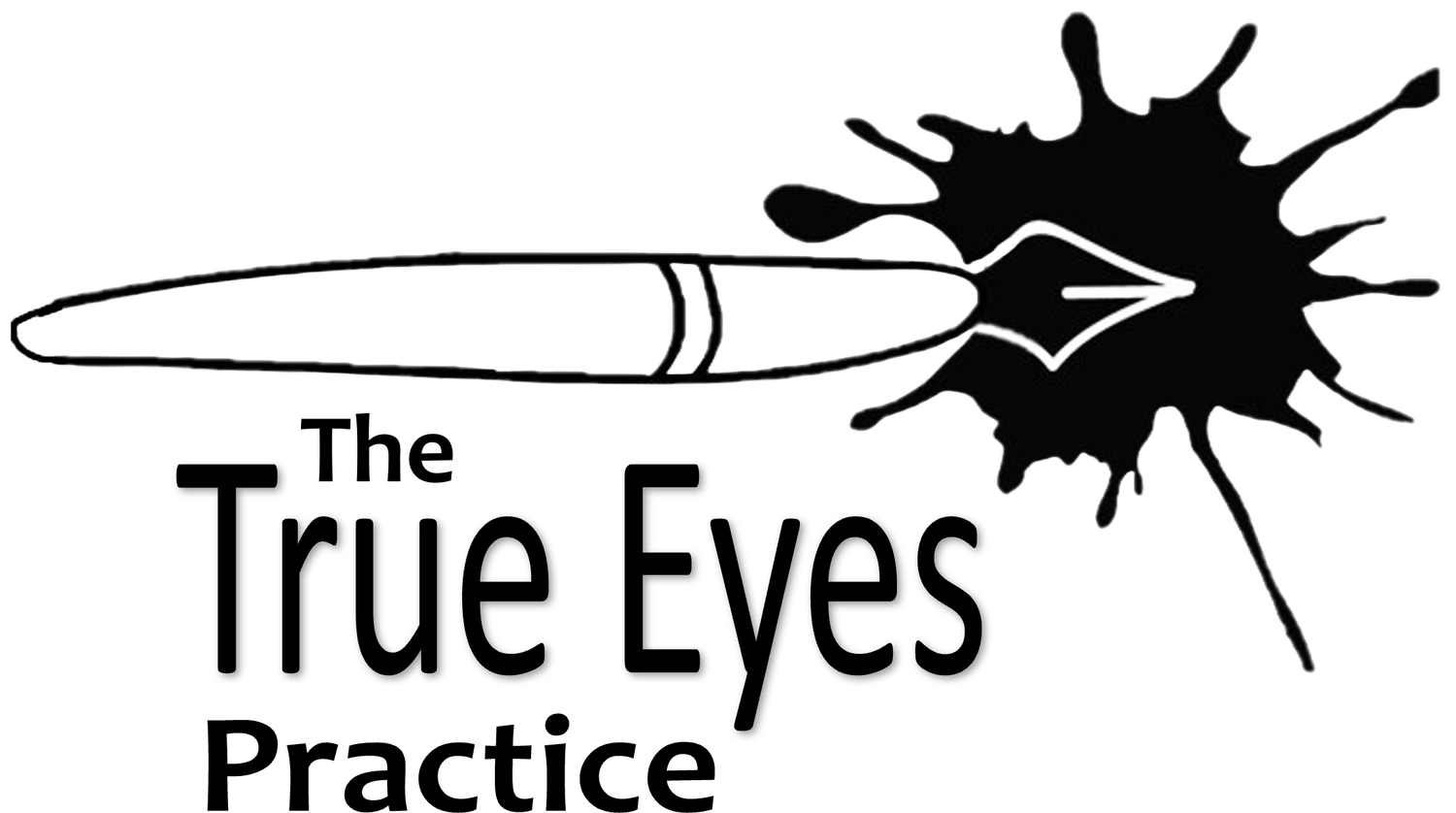Why a Day Job Is a Good Idea and How to Make One
I've been thinking about all the benefits of having a day job. If that made you shutter, keep reading. Maybe you'll change your mind.
This month I'm sharing a series of videos I made about my work with people to help them design their day jobs. These videos were made possible with the skilled editing of Blue Butterfly Digital.
I enjoy making videos. I just can’t look at myself once I’ve made them. This is a visibility problem (shout out to Siddiqi Ray) that I’m working to overcome.
The first one, Why a Day Job is a Good Idea, is here, or you can click on the preview below. It’s under two minutes. If you have time to view it, let me know what you think in the comments below this blog post.
After learning more, I was hesitant to post these videos
In addition to the difficulty of watching myself on video, another obstacle to posting the videos so you can actually view them, is the fact that since I made them in late January, I’ve learned more. I’ve been working with people in my Day Job Design beta program, and were I to make the videos today, I’d add what I’m learning from them.
Instead of putting aside all this work I did to make the videos (Oh wait, they aren’t perfect! I don’t have to share them! I have a legitimate excuse!), I’m going to post them anyway and add the additional information I’ve learned since.
Why a day job is a good idea
This first video talks about why, even though creatives (you?) may react negatively, a day job is a good idea. Primarily because in order to create, you need financial stability. Of course, it takes a balance between your day job and your creative time, but it makes it easier to function.
Disregard all the stories you’ve heard about starving artists doing their best work living in an unheated warehouse and drinking bathtub gin to keep warm. The less romantic truth is that we do our best work when we can engage 100% with our muse, rather than spending any precious energy worrying about food, clothes, shelter, or dental bills.
Making a day job versus finding one
My additional learning is this.
Making a day job for yourself, where you figure out products or services you can offer to people and get paid for them, is a low-risk, high-reward way to practice selling things that aren’t your art.
Selling your soul's work
One of the reasons (along with difficulty in setting prices, finding your audience, willingness to be visible-see my fear in the first paragraph) that selling your art bristles with danger, is that you are selling your soul’s work.
If you decide to make yourself a day job, you can ease into the process of pricing, handling money and being visible with less emotionally-laden work. Rejection isn’t ever fun, but it’s a lot easier to shout “NEXT,” when the product or service being “rejected” is NOT your art.
The rarely-discussed secret in the creative world (that people who sell soap or toothpaste or cars know) is that selling anything is ALWAYS an experiment. You can follow every product or service design, marketing and selling rule there is, and still fail.
It’s easier to learn this lesson in your day job. So once you start selling your art for real, you’ll have some experience with trying something, getting feedback from your people, tweaking your marketing or your website or something else, and trying again.
Designing your own, optimal day job
If you want help designing your day job, I still have two openings in my day job pilot.
If you want to brainstorm for fifteen minutes about making a day job, selling your art, or you’re just stuck on something, book an appointment with me here. Your work matters.

